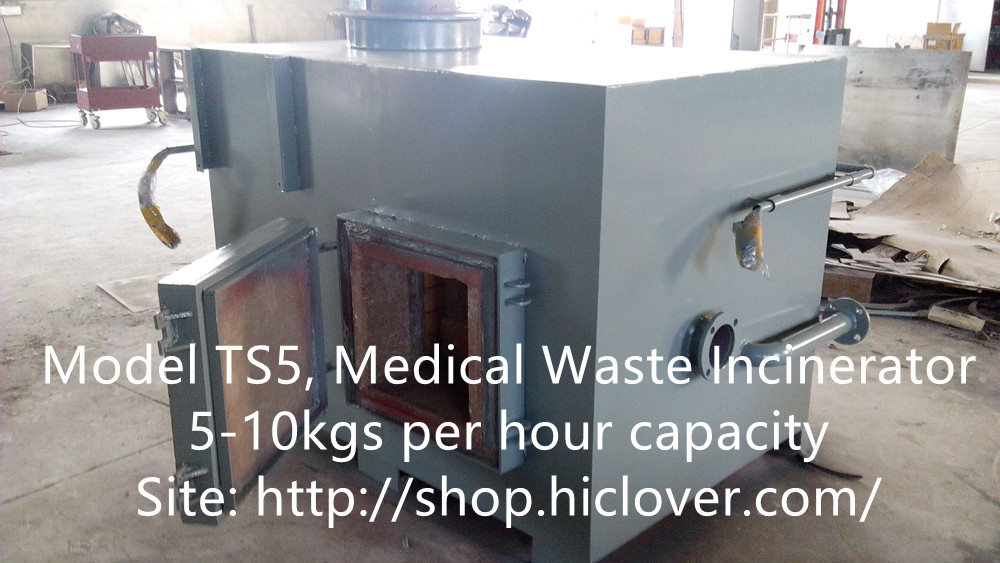The Future of Waste Management: Incinerating Sewage Sludge for Sustainable Solutions- incineration of sewage sludge

Waste management is an ever-growing challenge in today’s world, with increasing populations and urbanization leading to a rise in waste production. One area that has been particularly challenging to manage is sewage sludge, the byproduct of wastewater treatment plants. Traditionally, sewage sludge has been disposed of in landfills or applied to land as fertilizer, but these methods raise concerns about environmental pollution and public health risks.
As we look towards the future of waste management, one sustainable solution that is gaining traction is the incineration of sewage sludge. Incineration involves burning the sludge at high temperatures, which not only reduces its volume but also converts it into ash and energy. This process not only reduces the amount of sludge that needs to be landfilled but also produces renewable energy that can be used to power the treatment plant or sold back to the grid.
Some of the benefits of incinerating sewage sludge include:
1. Reduced environmental impact: Incineration can significantly reduce the volume of sludge, minimizing the space needed for disposal and decreasing the potential for groundwater contamination. It also reduces greenhouse gas emissions compared to traditional disposal methods.
2. Energy recovery: By converting sewage sludge into energy, incineration can help offset the energy costs of the treatment plant, making the process more sustainable and cost-effective in the long run.
3. Pathogen destruction: Incineration effectively destroys pathogens in sewage sludge, reducing the risk of spreading diseases and improving public health outcomes.
4. Resource recovery: Ash produced from the incineration process can be used as a construction material or as a nutrient-rich soil amendment, closing the loop on resource utilization and reducing the need for virgin materials.
While incineration of sewage sludge shows promise as a sustainable waste management solution, there are also inherent challenges that must be addressed. Concerns about air pollution from the incineration process, as well as the potential release of harmful chemicals and heavy metals from the ash, need to be carefully managed through proper emission controls and monitoring.
Additionally, the public perception of incineration as a waste disposal method may still be negative in some communities, so education and communication about the benefits and safety measures of the process are essential.
In conclusion, incinerating sewage sludge offers a promising path towards more sustainable waste management solutions in the future. By harnessing the energy potential of sludge and minimizing its environmental impact, incineration can help us move towards a more circular economy where waste is viewed as a valuable resource. With proper planning, regulation, and community engagement, incineration of sewage sludge can play a significant role in shaping the future of waste management.